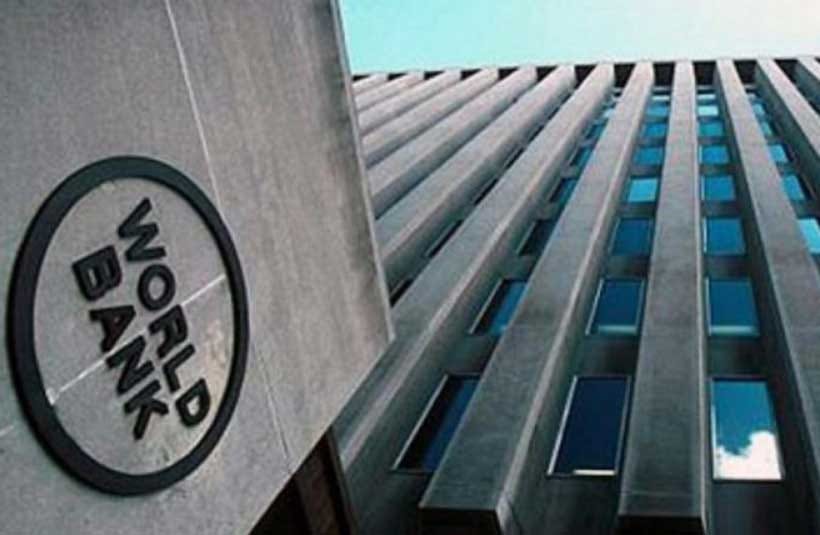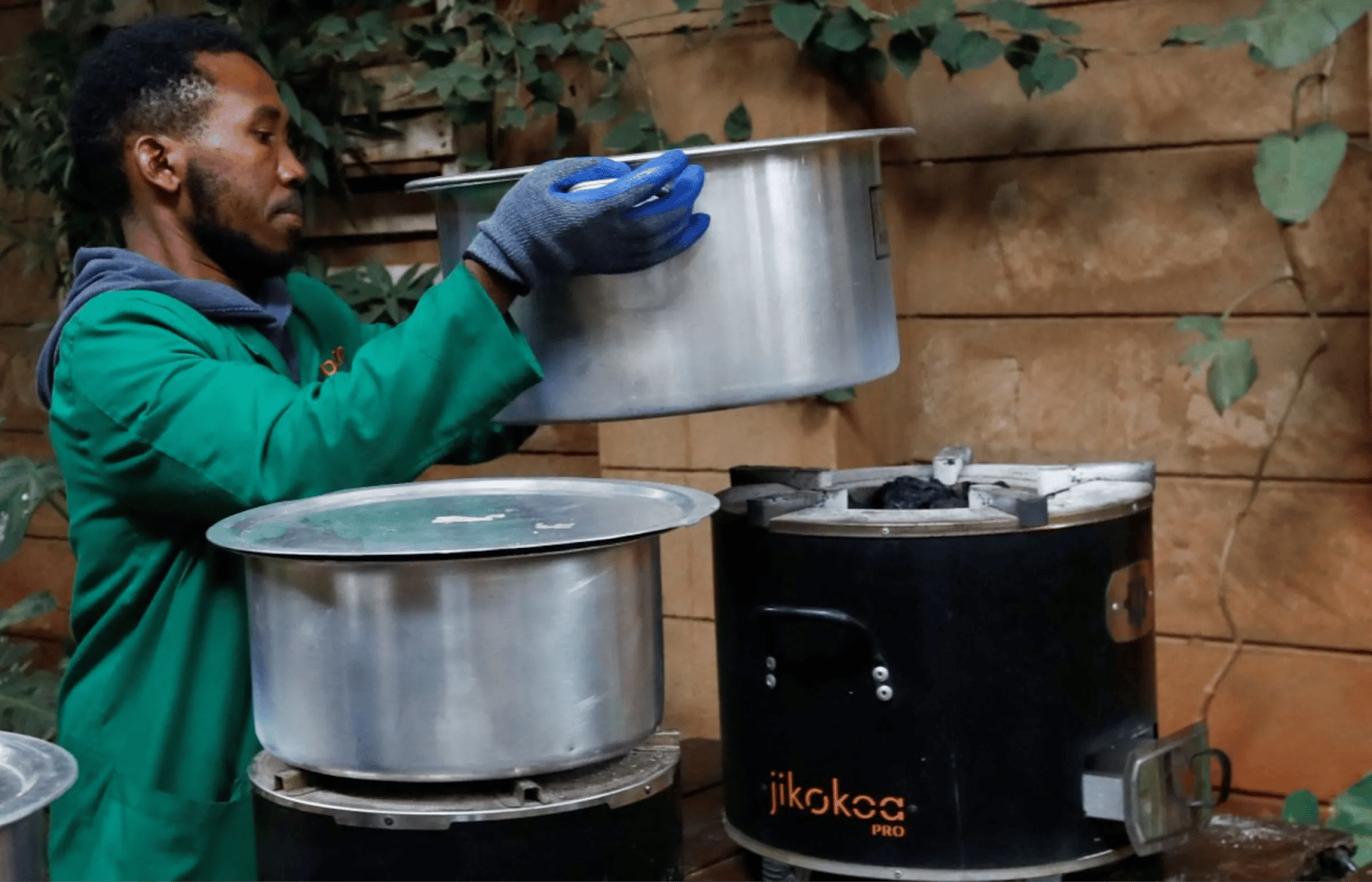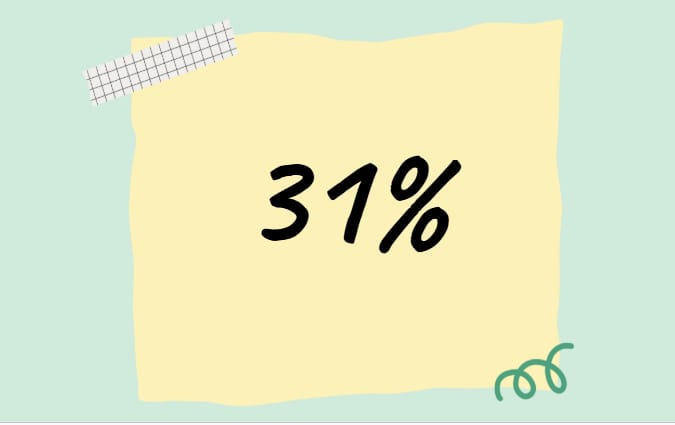- Green Rising
- Posts
- How big is the GDP of Africa’s green economy?
How big is the GDP of Africa’s green economy?
Nobody knows. Literally, even the big development banks don’t. Here we try to give an answer

Welcome to Green Rising – African leaders and international donors make a lot of noise about Africa’s green economy.
In six weeks, many will meet in Addis Ababa for the second Africa Climate Summit. Lots of speeches, handshakes and business plans.
But does anyone know the size of the sustainable parts of the continent’s economy? You’d think so. How can you plan without knowing?
Well, for the past few months we’ve looked for an answer. We scoured commercial research reports and knocked on the doors of major development banks.
It turns out – even the World Bank has no idea. Not a clue. Nobody has done the maths.
This was surprising until we tried to run the numbers ourselves, and discovered even the underlying data does not exist.
Nowhere can one look up a consistent sector-by-sector breakdown of GDP numbers across African countries, green or otherwise. Not even the World Bank (10,000+ staff) can compare the size of the energy or tourism sectors across African countries.
This is crazy. And a great challenge. So we went to work…

Our aim was to come up with a GDP number that’s plausible if not granular. It would be the only up-to-date number available for the green economy.
Here then is the experiment we performed, relying on (far too) high-level World Bank data, supplemented by national-level data.
We decided to pick one country (Kenya) and extrapolate from that, given there are no good country-by-country comparative numbers.
So, how big is Kenya's green economy? This is how we arrived at a tentative answer.
The World Bank divides African economies into four parts:
Agriculture, which in Kenya accounts for 24.9% of GDP
Manufacturing, accounting for 7.5%
Industry, accounting for 15.1%
Services accounting for the remaining 55.8%
Now, how much of each part could be called “green”? Depends what you mean by that. We defined it as a business sector being meaningfully engaged in decarbonisation or sustainable practices.

Here is what we came up with for Kenya:
1. Agriculture (24.9% of GDP) we classified as 30% green. No, we’re not naive. Of course, unsustainable practices are still extremely common.
But World Bank data shows above 30% adoption levels for practices such as crop rotation, water-efficient irrigation, manure composting and biodigesters.
Anecdotally (and this is written three hours north of Nairobi surrounded by farms), Kenyan farmers are aware of environmental impact, be it on weather, water or soil. One 2019 report suggests 62% have acquired green skills.
2. Manufacturing (7.5% of GDP) is not massive in Kenya or most other African nations. But data suggests some manufacturers do engage in climate-oriented practices.
The Kenya Association of Manufacturers reported last year that on average about half the manufacturers are somewhat green (thus we counted half of manufacturing GDP as green).
50% recycle solid waste / 38% invest in renewable energy / 86% committed to pollution control / 38% have a sustainability department / 48% use renewable resources / 40% include environmental impact in annual report
3. Industry (15.1% of GDP) is what the World Bank calls other tangible economic activity. Much of it is not currently green, as far as we can tell. The exceptions are:
Water & sewage (0.4% of GDP): This is a core part of the emerging circular economy, with recycling more generally touching various sectors.
Mining (0.8% of GDP): This generates battery inputs and is rapidly switching to renewable energy, not least to avoid new EU tariffs.
Construction (5.9% of GDP): The building sector has embraced sustainability to a surprising degree – green awareness at least is common now.
4. Services (55.8% of GDP) is basically the rest, the intangible value exchanges that make up more than half the economy. How much of that is sustainable? We found solid evidence that led us to include the following sectors:
Tourism (7% of GDP): No sector is more dependent on preserving Africa’s natural world or has more to lose than the hospitality sector.
Transport (11% of GDP): Private and public transport see a fast adoption rate for electric vehicles, including the polluting matatu vans.
Finance (8% of GDP): Banks are increasingly focused on green bonds, consumer loans for solar home systems and placing EV chargers on their premises.
Communication (2.5% of GDP): Mobile network operators are rapidly moving to solar use for their towers from diesel, not just in Kenya but across Africa.
Energy (8.06% of GDP): Renewable sources are pretty much the only new capacity being added to the grid or off it.

Arguably, 54.88% of Kenya’s GDP is green. Can one assume the same goes for other African countries? Can we transpose the percentage? Of course not. They’re all different.
But we’ll need to make assumptions of some kind to scale across the continent.
A look at high-level World Bank data shows that Kenya’s distribution between agriculture, manufacturing, industry and services is about average for Africa.
However, it’s pretty safe to assume most countries do not have Kenya’s level of sustainability practices. Let’s go step by step…
1. Agriculture is about average in Kenya, and in any case we’re only counting a minority of the total output as green. So that’s 7.47% of GDP.
2. In manufacturing, large economies such as South Africa and Morocco are as green as Kenya, while countries with smaller GDPs such as Niger and Eritrea are far from it. Back-of-an-envelope calculations suggest taking half of Kenya’s 7.5% of GDP as green across the continent, so 3.75%.
3. In industry, we see at least some sustainability efforts in mining (0.8%) and water & sewage (0.4%) across most countries. But we don’t see that in construction. So add 1.2% of GDP as green.
4. Services are trickiest. There are so many of them. We opted only to include sectors that can be judged continentally. Kenyan trends in tourism, transport, communication and energy seem common. That adds another 28.56% of green GDP.

The continent’s green economy would thus be 40.98% of GDP. That number is not only spuriously precise – it also seems counter-intuitive, to say the least.
Total African GDP last year was $2.8 trillion. The green economy would thus be worth $1.147 trillion. That’s a lot more money than any of us thought.
There are many ways in which our calculations are imprecise. Think of 17th century astronomy… Galileo could only see some planets and calculate certain distances. But at least he realised what the church did not: The sun sits at the centre of the universe.
It matters that we know the size of the green economy. Not knowing is a hindrance for investors. Size gives confidence.
Somebody with a larger research budget than Green Rising may want to improve on our calculations. Hello, World Bank?
Number of the week

… is the increase in electric vehicle maker Ampersand’s employee count over the past 12 months as seen on LinkedIn. Ampersand is far from the only EV company racing ahead.
Network corner
👉 M-KOPA surpasses one million sales of smartphones embedded with its Smart Money Platform in the past 12 months
Top green jobs from…
IUCN: Country Representative (Mozambique)
Delta40 Studio: GreenBay - Chief Executive Officer (Nigeria)
Rubicon: Factory Manager - Lighting Manufacturing (South Africa)
BASF: Regional Marketing Manager - Agricultural Solutions (Egypt)
Trees for the Future: Field Operations Senior Manager (Tanzania)
AGRF: In-Country Monitoring and Evaluation Officer (Uganda)
One Acre Fund: Inventory Reporting Senior Specialist (Rwanda)
Engie: Field Investigative Specialist (Zambia)
Sun King: Fraud Analyst (Kenya)
BURN Manufacturing: Feasibility Studies/MRV studies field coordinator (Malawi)
Reply